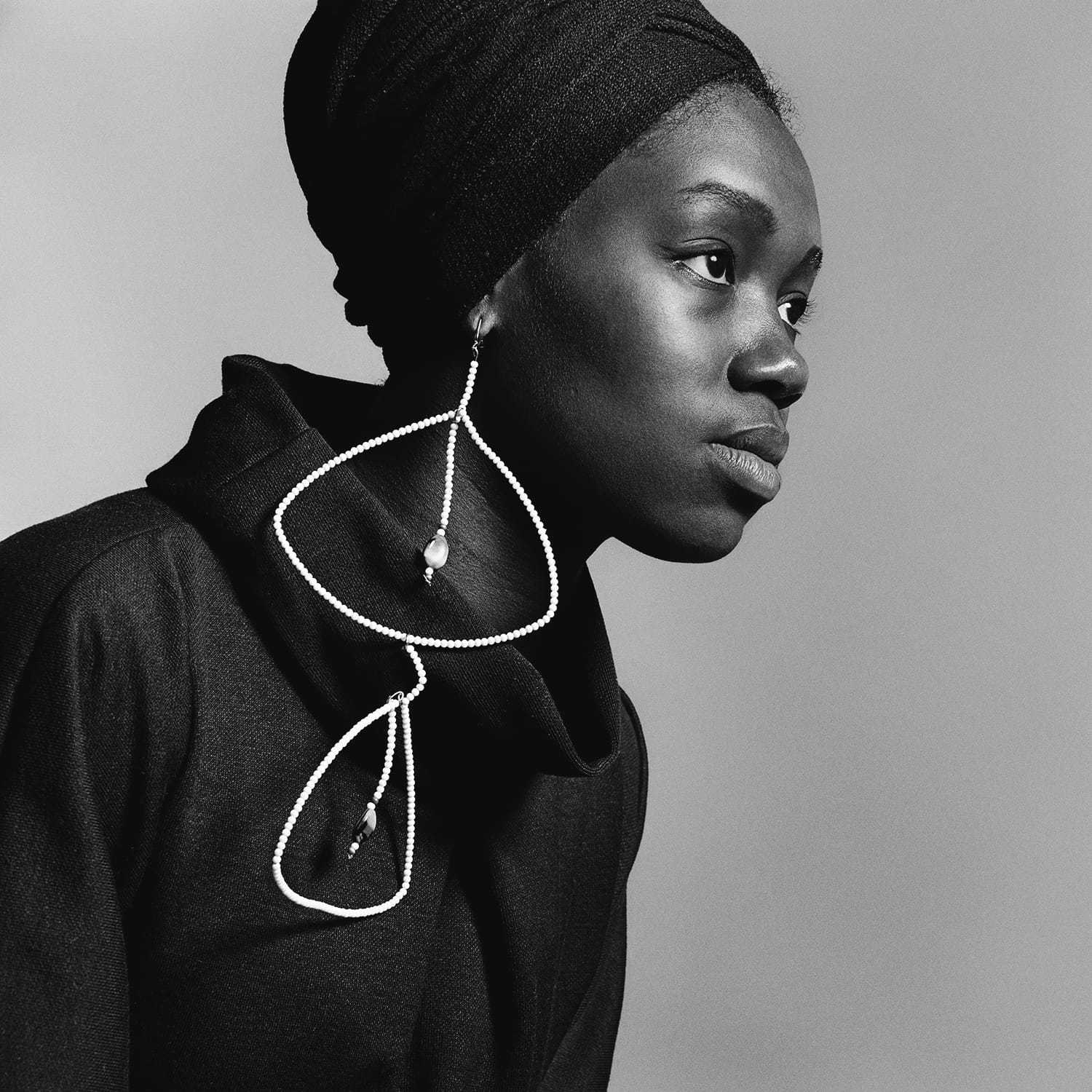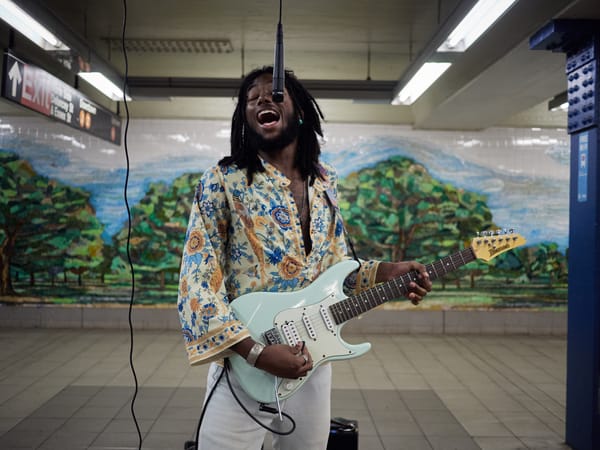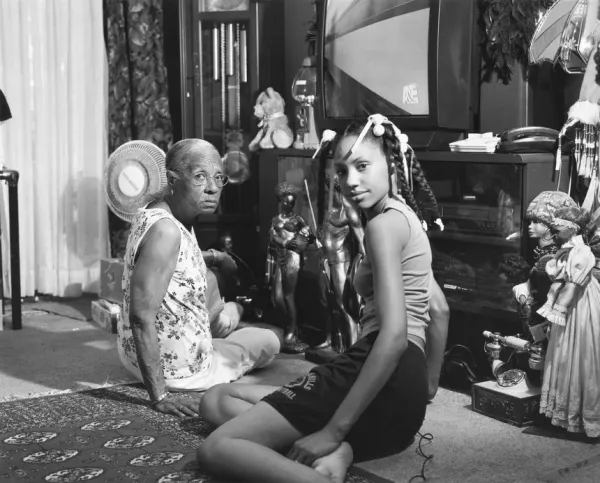Whose Vision Gets Rewarded? Orientalism in Photography and the Erasure of Everyday Black Life

Introduction: The Gap Between Awards and Reality
This photo that won won Environmental Photographer of the Year 2021 raises so many questions.
— duckrabbit (@duckrabbitblog) November 10, 2021
1: Why is the child sleeping in the sun?
2: Why is the child sleeping in an abandoned house?
3: Is it because the child is Black that the judges don't ask these questions? pic.twitter.com/qpxBo4f7Ya
Every year, major photography competitions and international magazines spotlight work that features Black subjects. The images often go viral. They are praised for their drama, grit or impact. Yet for many of us, those photographs feel distant. The people shown look like us, but the context, framing or tone feels unfamiliar. Even painful.
Why do so many of the images celebrated in the global photography industry show Black life through a lens of hardship, poverty, spectacle or otherness?
This is not a coincidence. It is the result of a visual tradition rooted in orientalism, a pattern of representing people from outside the West as exotic, backward, or defined by struggle. While originally used to describe depictions of the East, orientalism continues in modern photography as a way of aestheticising difference. Black people, especially across the African diaspora, are often on the receiving end of this gaze.
This post explores how orientalism continues to shape award-winning photography and why everyday Black life is so often left out of the frame. It also points toward a better, truer vision, one led by Black photographers who tell stories from the inside out.
1. What Is Orientalism in Photography?
Orientalism, as defined by scholar Edward Said, refers to the Western tradition of imagining and representing the East as mysterious, primitive, and inferior. It shaped colonial policies and artistic depictions for centuries.
In photography, orientalism lives on in how certain groups including Black communities are often depicted. We are shown as hypermasculine or hypersexual, stoic or suffering, noble or savage. These archetypes do not come from within. They are imposed.
Photographers may not realise they are perpetuating this. But when the dominant images of Black people in global contests or exhibitions focus only on war, disease, famine, or crime, the message is clear: our value lies in our pain. Our beauty is only visible when it is tragic.
This is not to say that struggle should never be photographed. But when struggle is all that is shown, it creates a distorted view, one that serves a Western audience’s curiosity or sympathy, rather than reflecting real, lived experience.
2. Where We See It: Awards, Editorials and Visual Campaigns
This issue is not abstract. It is visible in some of the most high-profile competitions and publications.
World Press Photo Contests
Each year, the contest includes powerful images from around the world. But look at how Black bodies are depicted: in refugee camps, during political unrest, or amid public suffering. The photographers are often not members of the communities they capture.
For example, the 2021 winning image showed a Nigerian man in a trance-like state during an exorcism. The photo was described as “surreal” and “gripping,” but many Nigerians criticised it for being sensational and disrespectful.
NGO Campaigns
Non-profit organisations frequently commission photographers to document crises. While the intent may be noble, the result is often poverty porn, emotionally charged images that strip dignity for the sake of donations. These images win awards and get exposure, but rarely lead to deeper understanding or systemic change.
Fashion Editorials
Even in the world of high fashion, orientalism appears in the form of “tribal” aesthetics, ambiguous African settings, or models styled to look “ethnic” in decontextualised ways. Black skin becomes a texture or mood, not a story.
This pattern is sustained by what the industry rewards. Judges, editors and curators, many of whom are not Black, tend to prefer dramatic, exotic or gritty imagery. This sets the tone for what is seen as “worthy” photography.
3. What These Images Do to Us
When orientalism shapes what is photographed and rewarded, the impact is not just visual. It is social and psychological.
- It distorts public understanding of what Black life looks like, especially for those who do not live in Black communities.
- It reinforces harmful stereotypes by narrowing the range of representation.
- It sidelines local voices by privileging the outsider’s gaze.
- It creates emotional fatigue for Black audiences who are constantly shown their communities in crisis.
These images become part of the cultural record. They influence textbooks, campaigns and even policies. Over time, they shape how Black people are seen, and how we see ourselves.

Photographers like Teju Cole have called out these practices. In his 2012 essay The White Savior Industrial Complex, he critiques how Western narratives about Africa focus more on spectacle than solidarity. Zanele Muholi, a South African visual activist, has built an entire career correcting this by making intimate, self-defined portraits of Black queer people.
4. What’s Missing: The Image of Everyday Black Life
In all of this, one thing is consistently overlooked, the beauty of the everyday.
Where are the award-winning images of a father braiding his daughter’s hair? Of friends laughing after church? Of a grandmother tending her garden?
These scenes are not dramatic. They do not sell newspapers or spark viral tweets. But they are true. They are rich with emotion, heritage and connection. They reflect how we live, love and carry each other.

Photographers like Jamel Shabazz, who documented 1980s Brooklyn, captured this perfectly. His work shows Black people in everyday joy, stylish, relaxed, and rooted in community. Kwame Brathwaite used his lens to champion “Black is Beautiful,” photographing young people in Harlem with care and pride. Liz Johnson Artur’s Black Balloon Archive documents global Black life in its many expressions, from Accra to London.
These images are not just beautiful. They are necessary. They offer an alternative archive, one that reflects the full spectrum of Black life.
5. Reclaiming the Frame: A New Visual Standard
It is not enough to critique the system. We must also imagine something better.
To decolonise photography, we need to shift not only who holds the camera but also who decides what counts as a valuable image. This means:
- Supporting Black-led photo collectives like See In Black or UK Black Female Photographers.
- Encouraging editors and curators to expand their visual literacy.
- Teaching emerging photographers that everyday life is worthy of documentation.
- Funding long-term, community-based projects, not just parachute photojournalism.
Photographers must also be mindful of their own gaze. Are you photographing with care or with conquest? Are you building relationships with your subjects or just collecting images?
Images made with love, context and intention speak differently. They resonate across time. They honour what the lens has too often ignored.
Conclusion: Choose Truth Over Trophy
The photography world has long rewarded images that fit a narrow, often exoticised view of Black life. But that does not mean we have to play along.
We can choose to tell deeper stories. We can choose to frame Black life as it truly is layered, ordinary, and beautiful. The moments we live every day are worthy of being seen and remembered.
This is a call to photographers, viewers and institutions alike. Do not settle for spectacle when you can choose truth. Do not look for drama when you can find dignity. And when you hold the camera, make images that speak from within.
The future of Black visual culture is not in the trophies. It is in the truth we dare to show.





